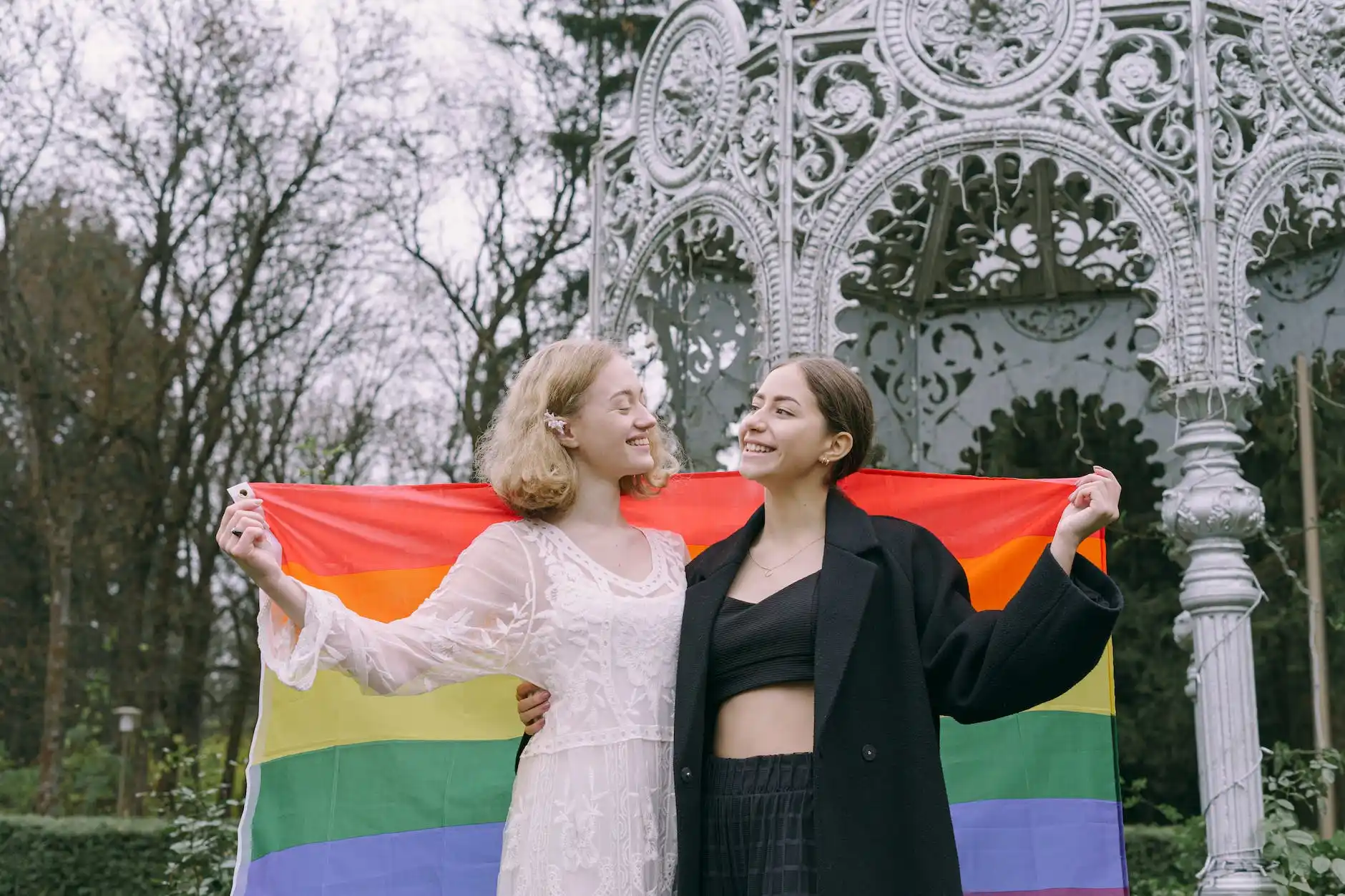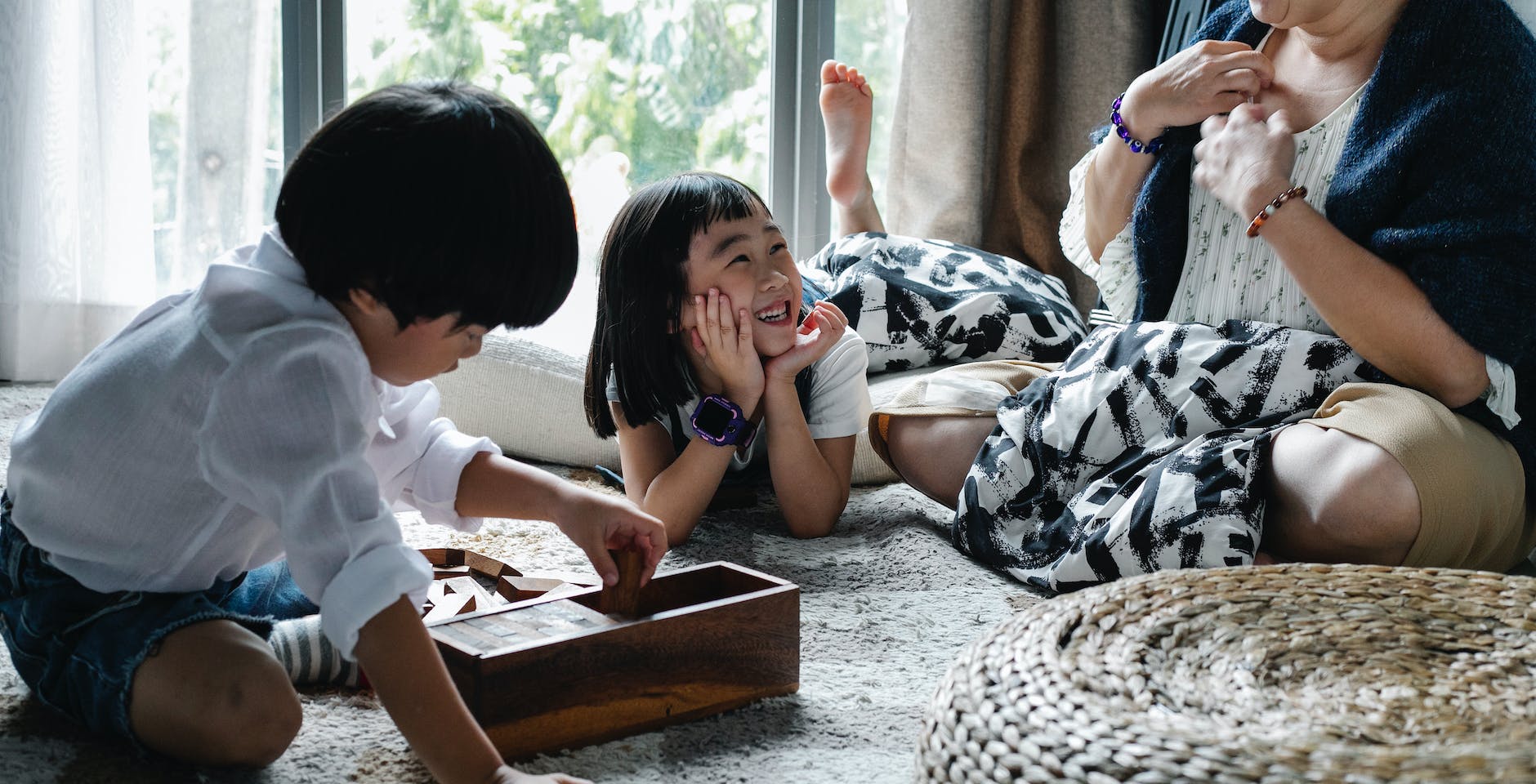
1.1 Families
(Pg 38)
Incrementally, children are taught the following:
- “Families” include non-traditional unions like same-sex unions and polygamous unions (5-8 years old)
- Where to find community resources for non-traditional unions (15-18 years old)
How does changing the meaning of “family” affect the rest of CSE?
This topic is good for children if we understand “family” with natural, biological families as an ideal.
Children from 5 to 8 years old are taught that “family” includes “non-traditional families”. This includes same-sex unions and possibly polygamous unions.
This lesson normalises non-traditional structures such as same-sex unions and polygamous unions.
They must also have an attitude that respects these different kinds of “families”.
This forces children to become uncritical in their thinking, not understanding the differences and pitfalls in alternative family structures.
The missing nuance is that while individuals should be respected, not every union is made equal. A 2-father household does not provide a child with maternal care. If “respect” implies equal value, children will not realise the benefits of complementary care from a father and a mother. At 5-8 years old, children are too young to grasp this nuance anyway.

15-18-year-old teenagers will be taught how their parents can support them through sexual relationships.
It is likely that teenagers will be taught how their parents should affirm their same-sex relationships. Teenagers would then have this expectation of their parents.
Teenagers will also be taught the skill to find community resources.
This is good if the resources are only meant to strengthen marriages and advocate for healthy monogamous heterosexual sexual relationships. However, it is likely that these resources include support for same-sex relationships and others.
If this learning objective is viewed in isolation, it could be good. However, with the redefinition of “family”, the idea of “support” and “community resources” takes on a different meaning. The lesson content will then also include LGBTQ ideology.

Previous Topic

Next Topic

All Topics
1.1 Families
1.2 Friendship, Love and Romantic Relationships
1.3 Tolerance, Inclusion and Respect
1.4 Long-term Commitments and Parenting
2.1 Values and Sexuality
2.2 Human Rights and Sexuality
2.3 Culture, Society and Sexuality
3.1 The Social Construction of Gender and Gender Norms
3.2 Gender Equality, Stereotypes and Bias
3.3 Gender-based Violence
4.1 Violence
4.2 Consent, Privacy and Bodily Integrity
4.3 Safe Use of Information and Communication Technologies (ICTs)
5.1 Norms and Peer Influence on Sexual Behaviour
5.2 Decision-making
5.3 Communication, Refusal and Negotiation Skills
5.4 Media Literacy and Sexuality
5.5 Finding Help and Support
6.1 Sexual and Reproductive Anatomy and Physiology
6.2 Reproduction
6.3 Puberty
6.4 Body Image
7.1 Sex, Sexuality and the Sexual Life Cycle
7.2 Sexual Behaviour and Sexual Response
8.1 Pregnancy and Pregnancy Prevention
8.2 HIV and AIDS Stigma, Treatment, Care and Support
8.3 Understanding, Recognizing and Reducing the Risk of STIs, including HIV

Stay Updated about CSE Harms
To be forewarned is to be forearmed.
No spam. No sales. Only Resources.

